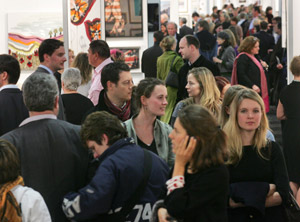
This week saw the opening of the annual European Fine Art and Antiques Fair organised by the European Fine Art Foundation (TEFAF) in the Dutch town of Maastricht. Every March the most prestigious international art and antique dealers assemble at the Maastricht Exhibition and Conference Centre to display their stock to the world’s wealthiest private collectors and leading museum curators.
Many Old Master dealers who show at Maastricht do 60 to 70 percent of their annual business during the two weeks of the fair. This year is likely to be the most important TEFAF fair for many years since it will offer an indication of the extent to which the global recession is affecting the upper echelons of the trade.
Meanwhile, a modestly priced art fair in London this weekend provided convincing evidence that the more affordable levels of the art trade are not just surviving the credit crunch but are actually enjoying improved business in the face of it. The Affordable Art Fair, which takes place twice a year in Battersea Park (in March and October), a stone’s throw from the fashionable and monied Chelsea and South Kensington districts, attracts art dealers from around the world, all of them offering art in the price range between £50 to £3000 ($70 to $4225).
Judging from the heaving crowds packing the fair on Sunday, the general public love this relaxed way of viewing and buying art. The welcome spring sunshine also helped make it the most successful event in the fair’s 10-year history, with 22,800 people visiting between 11 and 15 March. Over the five days the fair notched up a total of £3.7 million ($5.2 million) in sales, £100,000 up on the October event.
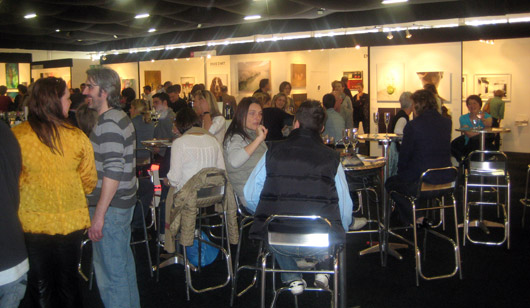
“The results are extraordinary considering the doom and gloom which continues to be reported on a daily basis,” said the fair’s founder Will Ramsay. “It seems affordability is ever more relevant and that the lower end of the art market can hold its own and even beat the stock market as consumers search for alternative potential assets.”
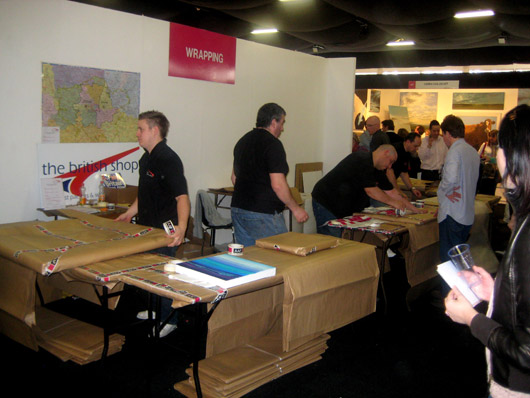
When asked how much business they’re doing, exhibitors at art and antique fairs invariably offer an upbeat response, even when business is slow. However, it was difficult to interview them on Sunday, so swamped were most of them by the hordes of visitors flocking their stands. In the centre of the marquee a wrapping station was being manned by half a dozen burly men busy with tape guns and rolls of brown paper, parcelling up the punters’ purchases.
“It’s been like this non-stop for the past four days,” said a perspiring helper. “Recession? Do you call that a recession?” he asked as he gestured with his tape gun towards the snaking queue of buyers waiting patiently to have their newly-acquired pictures prepared for the journey home.
“I’ve had a great fair,” said Nick Whistler, a dealer operating out of Kent, UK, and Toronto, Canada. “It’s been crazy, I’ve sold loads. If you think this is busy you should have been here yesterday. Spring is coming, it’s been a long winter, and perhaps people didn’t get what they wanted for Christmas, so they’re cheering themselves up by buying some art as a treat. When everything is under £3000 it makes it less daunting than the expensive fairs.”
This breezy view was echoed by Wimbledon-based Cynthia Corbett, one of the more active dealers on the affordable fairs circuit. “The environment is nice at this fair,” said Ms Corbett. “There’s always loads of new buyers who are perhaps not so sophisticated as those who patronise the more expensive fairs, but that’s our job – to educate them and nurture them as collectors. This fair is successful because buyers don’t feel obliged to know anything about art. It’s not intimidating. We’ve done well, but then we always do well at this fair.”
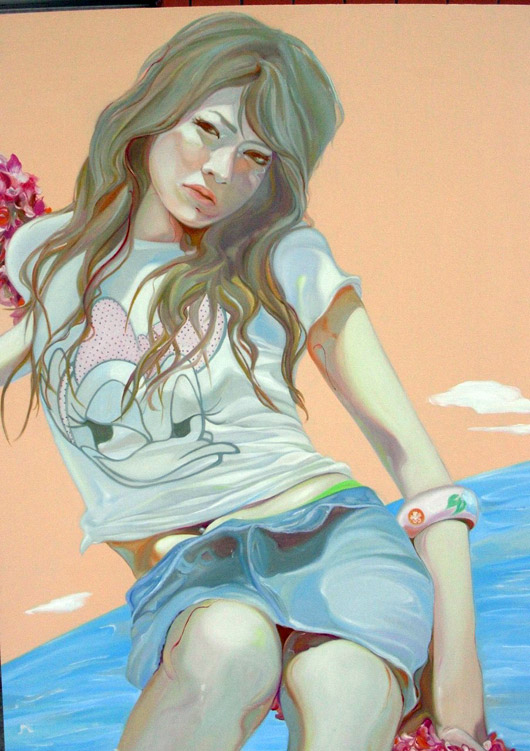
Reflecting the increasingly global nature of the art market, there was a good deal more Asian art at this fair than in past years. Typical of the better quality material on offer in this category was the work of young Chinese painter Liao Man (born 1983) whose swirly, saccharine oils of doe-eyed pre-pubescent Asian girls sporting the emblematic brands of consumer culture were drawing crowds to the stand of London’s Kings Road Gallery where they were priced at £2950 ($4150). One of this same series sold at auction in Shanghai in 2006 for $11,900, so perhaps the Affordable Art Fair offers some investment opportunities as well.
Unsurprisingly, given the strictly enforced price range at these affordable art fairs, the quality of the work on offer is highly variable. There seemed to be plenty of interesting work for sale, like the paintings of Liao Man, pitched just inside the upper price bracket, but also a significant quantity of less expensive material of questionable aesthetic merit.

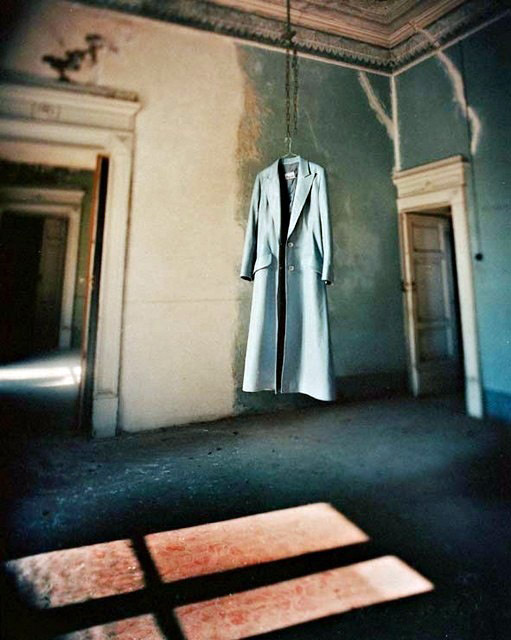
As always, however, quality will out. Photographer Barry Cawston of Somerset-based The Drugstore Gallery represents himself and five other photographers. He has been doing the Affordable Art Fair for three years and said this was his most successful fair to date. A blizzard of red dots seemed to confirm his summary. One of the most popular items on his stand was his own photograph entitled The Books, a beguilingly romantic image depicting a cascade of mouldering books in the interior of a derelict Belle Epoque mansion in Naples, Italy.
By Sunday afternoon on the final day of the fair, Barry had sold 11 prints from the edition, each print priced at £1100 ($1550). Almost as popular was his photograph titled The Coat from the same series, showing a blue leather coat hanging from the ceiling in the same deserted Neapolitan house. Clearly Cawston’s eye for the arrestingly surreal found no shortage of admirers at the Battersea fair.
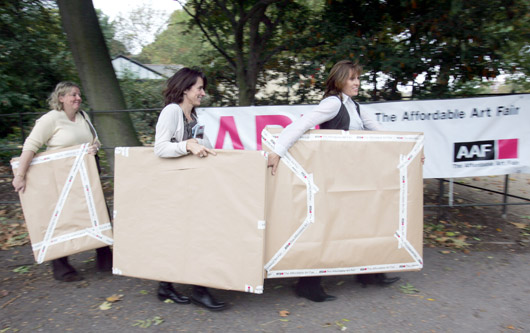
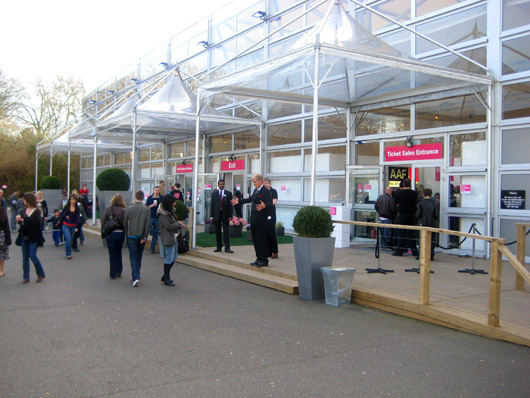
This may not be Maastricht, but judging by the number of happy shoppers leaving the fair on Sunday, weighed down with their purchases, it would seem the organisers have hit upon a recession-busting formula for commercial success.
Tom Flynn is a London-based writer and journalist. His monograph on British sculptor Sean Henry has just been published by Scala.


